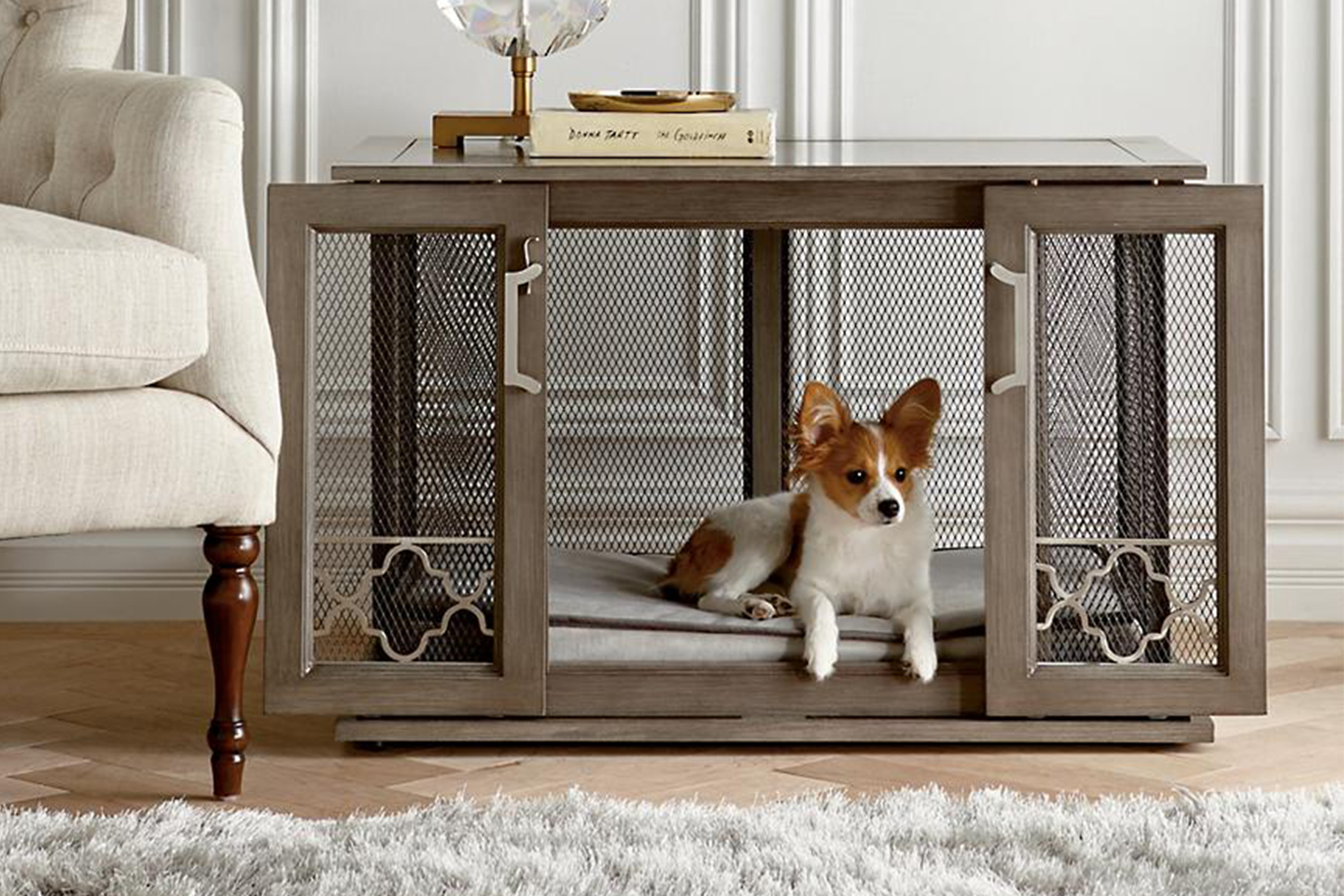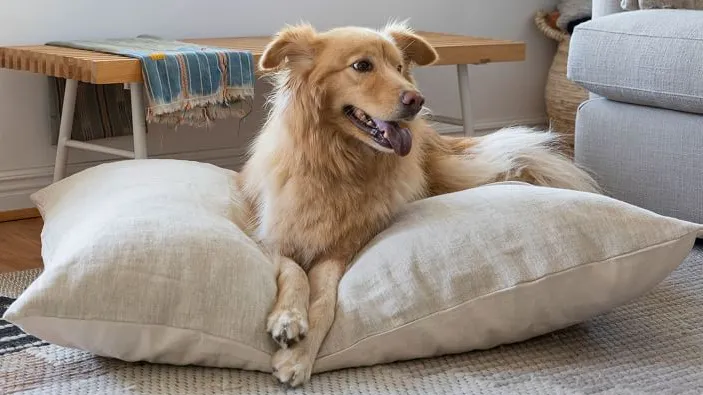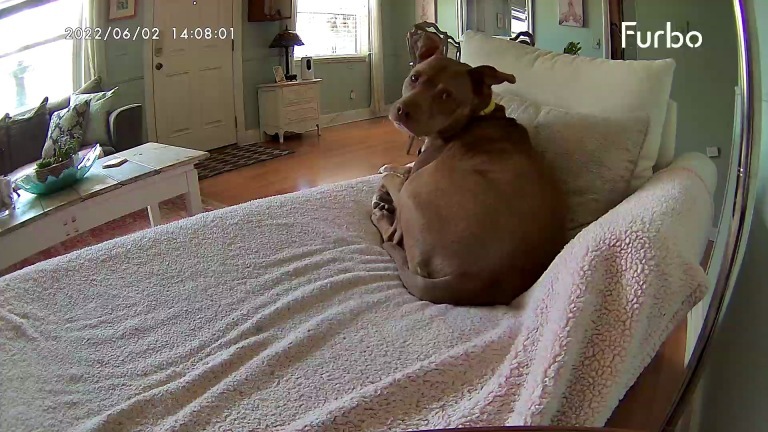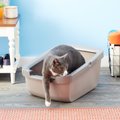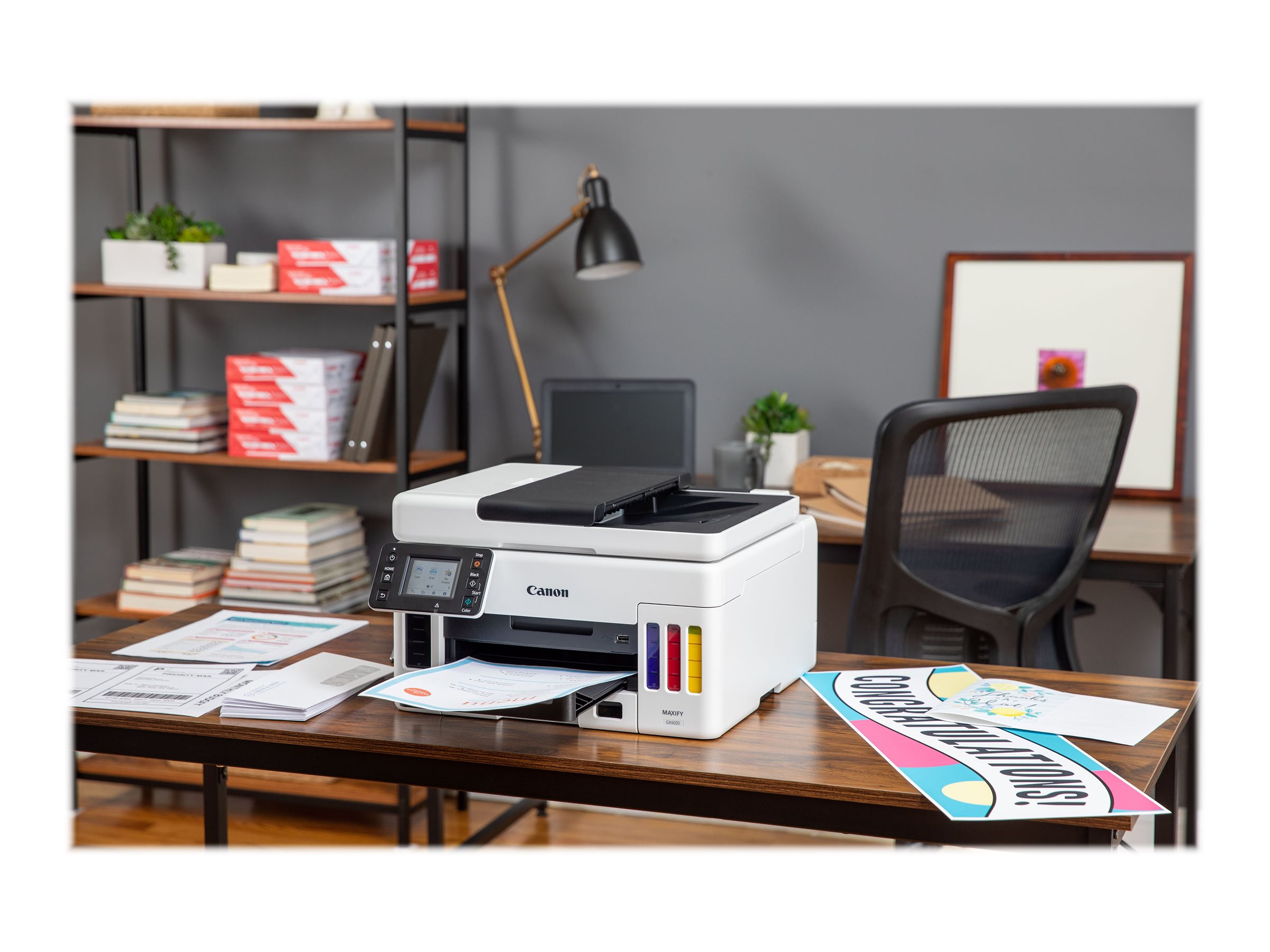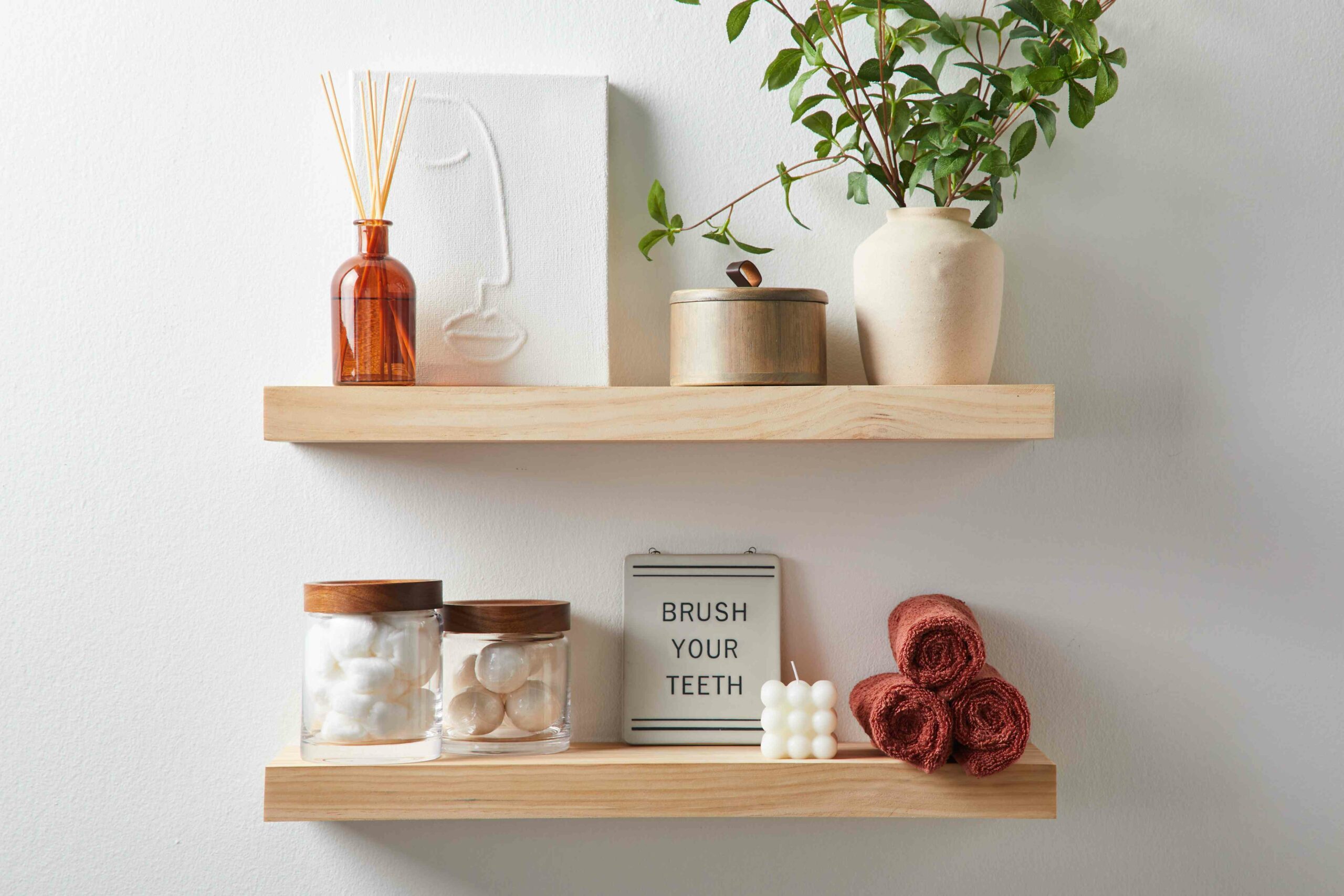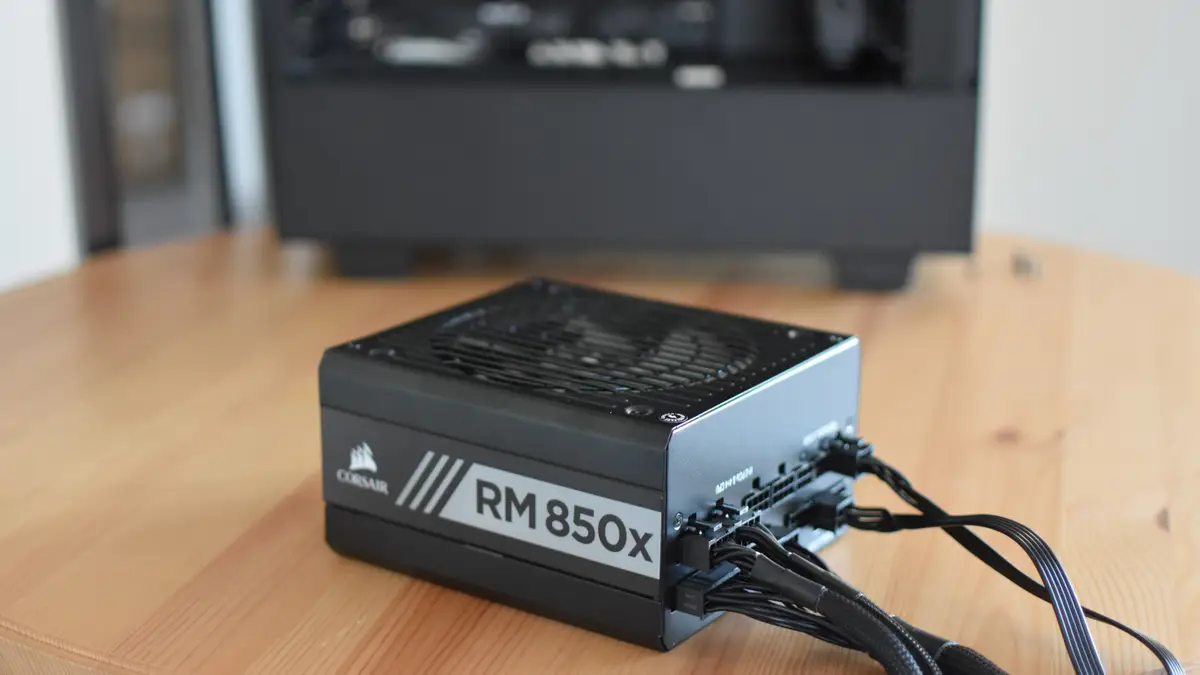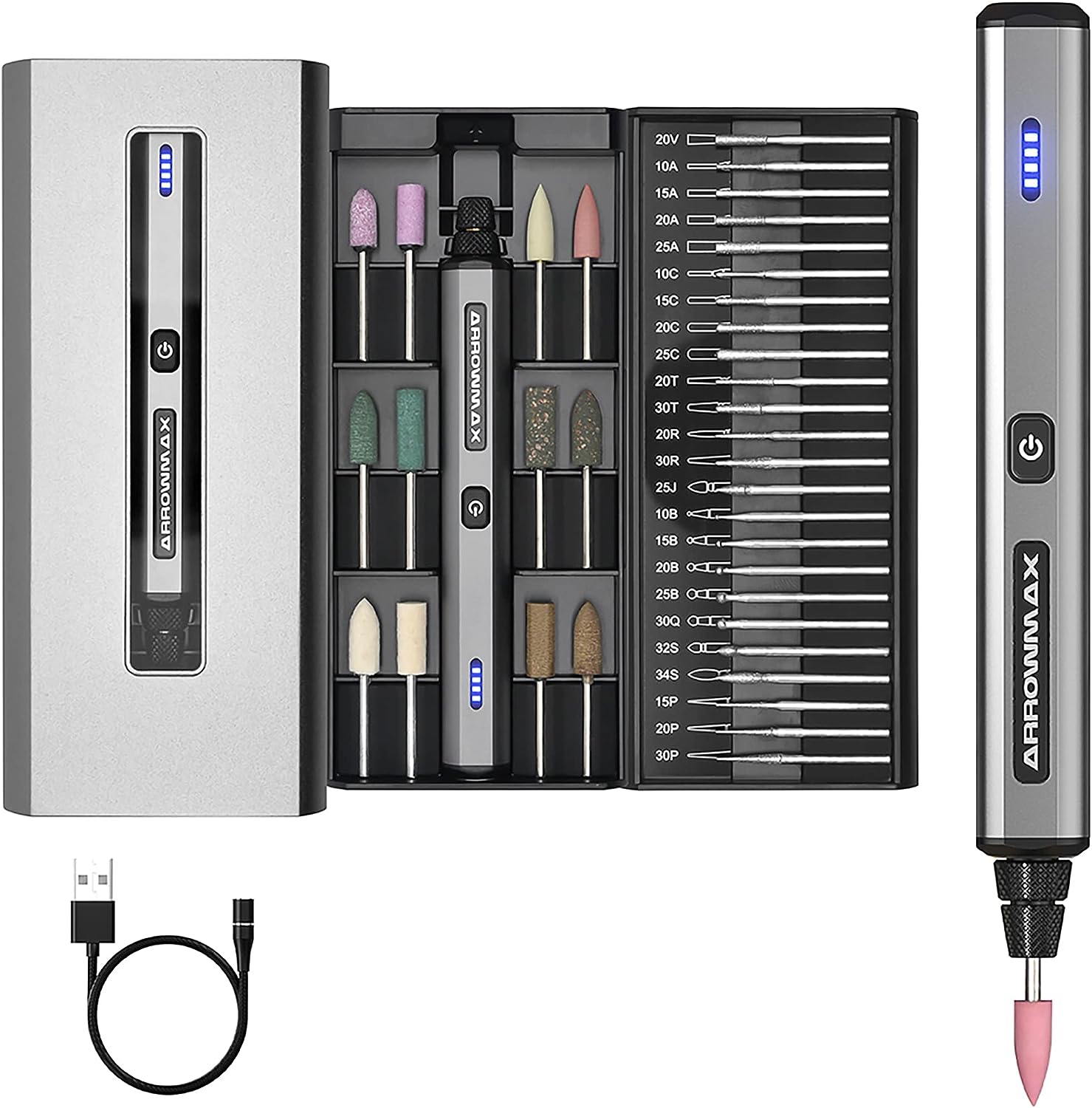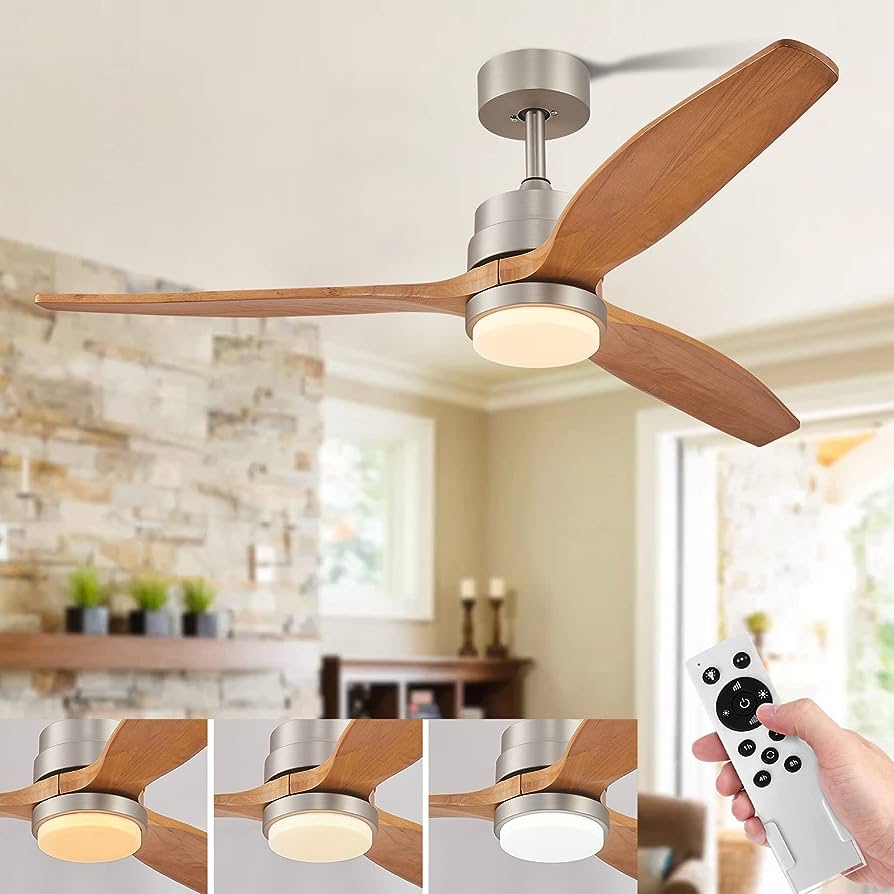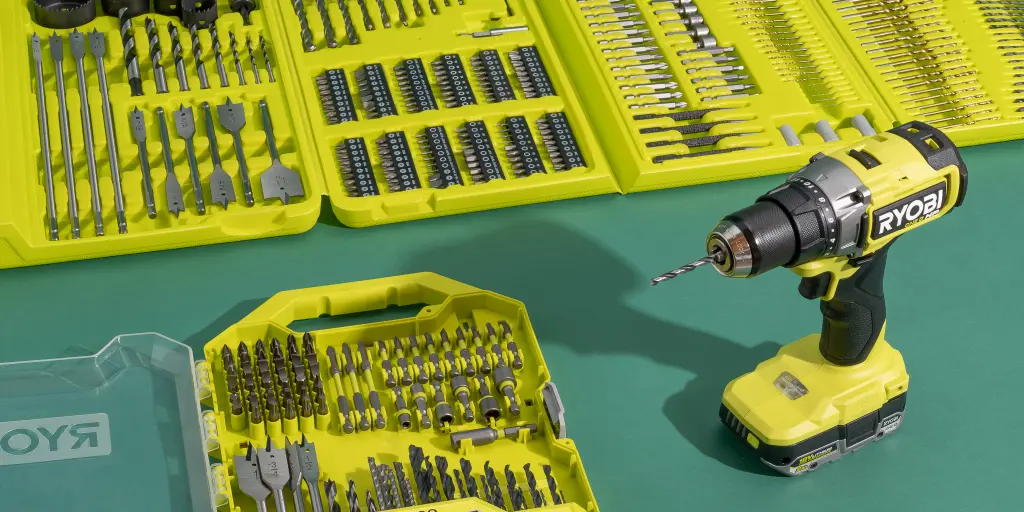Dog crates are an essential tool for every dog owner. They provide a safe and secure space for your furry friend, while also aiding in training and travel. Whether you’re a new dog owner or have had dogs for years, understanding the benefits and different types of dog crates is crucial. In this article, we will delve into the world of dog crates, exploring everything from choosing the right size to creating a welcoming environment. We will also cover common mistakes to avoid and explore alternative containment options. So, if you’re ready to learn all about dog crates and how they can enhance your dog’s life, keep reading!
Choosing the Right Dog Crate Size for Your Furry Friend
Why Does Size Matter?
When it comes to dog crates, size really does matter. Just like people, dogs need their own space where they can feel safe and secure. However, if the crate is too small, your furry friend will feel cramped and uncomfortable. On the other hand, if the crate is too big, it may not provide the cozy den-like atmosphere that dogs naturally seek. Finding the perfect size is crucial for your dog’s well-being.
Measure Your Dog
To choose the right crate size for your furry friend, start by measuring their height and length. When your dog is standing, measure from the tip of their nose to the base of their tail for the length measurement. For the height, measure from the floor to the top of their head or ears, whichever is higher. Once you have these measurements, add a few inches to both the length and height to ensure your dog has enough space to move comfortably.
Consider Future Growth
If you have a puppy, it’s essential to consider their potential growth when selecting a crate size. Puppies grow quickly, and you don’t want to end up with a crate that becomes too small within a few months. Look for crates that come with dividers, so you can adjust the size as your puppy grows. This way, you can save money and provide your furry friend with a crate that will accommodate them throughout their entire development.
The Right Crate for the Right Breed
Different dog breeds have different size and space requirements. Smaller breeds, like Chihuahuas or Pomeranians, will feel more secure and comfortable in a smaller crate, while larger breeds, like Labradors or German Shepherds, will need more space to stretch and move around. Consider your dog’s breed when choosing the crate size to ensure they have the perfect fit.
- Newly enhanced with added security features to keep your pet safe | Slide-bolt door latch now feature patented Paw Block and locking tip s to create a...
- iCrate single door dog crate measures 30L x 19 x 21 inches and is suitable for medium dog breeds with an adult weight of 25 to 40 pounds. If your...
- ENHANCED SECURITY: With rounded edges, smooth rounded corners and matching accessories, our dog crates prioritize safety. Thick metal mesh and double...
- DURABLE: Our dog crates are made of high quality materials for durability. The sturdy construction ensures that it stands up to wear and tear, making...
- 👍👍【SECURE HOME】Rounded corners for your pet's protection. The pet cage have two large doors, one on the front and one on the side, are easy...
- 🐕🐕【EASY TO SETUP】This dog crate is a must have for any dog lovers. The dog cage can be set up in seconds, with no tools required for...
- 30-inch dog crate for pets under 26 x 17 inches (LxH), like a Beagle, Dachshund, Shih Tzu, or Chihuahua
- Durable metal wire construction with manual door locking mechanism for secure containment
- Newly enhanced with added security features to keep your pet safe | Slide-bolt door latch now feature patented Paw Block and locking tips to create a...
- iCrate double door dog crate measures 30L x 19 x 21 inches and is suitable for medium dog breeds with an adult weight of 26 to 40 pounds. If your...
- 【Multi-functional】 This pet furniture can be used as pet crate ,also as a side table, end table or night stand.The wide top provides enough place...
- 【Double doors design & Adjustable feet】 Your pet will go in and out easily with double doors. When the floor is not flat , this side table can be...
- Newly enhanced with added security features to keep your pet safe | Slide-bolt door latch now feature patented Paw Block and locking tips to create a...
- New World double door dog crate measures 30L x 19 x 21 inches and is suitable for medium dog breeds with an adult weight of 25 to 40 pounds. If your...
- 【SAFE AND DURABLE】 The kennel is designed with rounded corners to eliminate sharp edges, prevent injuries caused by collisions and scratches, and...
- 【DOUBLE-DOOR DESIGN】 Two-door access provides front and side door access for proper ventilation and interaction with you. Large door opening and...
- DIMENSIONS: 30-inches long by 19-inches wide by 21-inches tall
- SECURE ALL STEEL: Single door design with secure locking system for your pet’s safety
- Indestructible Heavy Duty Dog Crate: The LMEBERI 48 inch dog crate is a 20-gauge steel crate with reinforced 0.5-inch-diameter steel tubes. It is...
- Safe And Convenient Design: This large crate is built from steel and has a non-toxic, anti-rust finish.The dog crate with a front door for easy...
As an Amazon Associate I earn from qualifying purchases. Learn More
Exploring Different Types of Dog Crates: A Review
Wire Crates: The Classic Choice
Wire crates are popular for their durability, ventilation, and visibility. They allow air to circulate freely, which is beneficial for warmer climates or dogs that tend to overheat easily. The visibility aspect also enables dogs to see their surroundings, reducing any feelings of confinement. Wire crates are also collapsible, making them convenient for storage and travel.
Plastic Crates: Sturdy and Secure
Plastic crates provide a sense of security and privacy for dogs who prefer a cozy den-like environment. These crates are solid and durable, creating a safe space for your furry friend. They are also lightweight and easy to clean, making them a practical choice for crate training and travel.
Soft-Sided Crates: Comfort and Portability
If you’re constantly on the go with your furry friend, soft-sided crates may be the perfect option. These crates are lightweight, foldable, and easy to transport. They offer a comfortable and cozy space for your dog, but keep in mind that they may not be suitable for dogs who are prone to chewing or scratching.
Heavy-Duty Crates: For the Escape Artists
Some dogs are master escape artists, and that’s where heavy-duty crates come in. Made from strong and sturdy materials like metal or reinforced plastic, these crates are designed to withstand even the most determined dogs. They often feature multiple locks and secure latches to ensure your furry friend stays put.
Understanding the Benefits of Using a Dog Crate for Training
Safety and Security
Dog crates provide a safe and secure space for your furry friend. By having a designated area that is their own, your dog can feel protected and comfortable. Crates also prevent potential dangers within the house, such as chewing electrical wires or getting into toxic substances.
Effective House Training
Crate training is one of the most effective methods for house training dogs. By using a crate, you can establish a routine and teach your dog to hold their bladder and bowels. Dogs naturally avoid soiling their sleeping areas, so a crate encourages them to wait until they are taken outside.
Reduced Anxiety and Stress
If your dog suffers from anxiety or stress, a crate can provide them with a safe retreat. Similar to how humans may seek a quiet room to relax, dogs can find solace in their crate. It becomes their personal sanctuary where they can retreat when they need some peace and quiet.
Travel Companion
When it’s time to hit the road, a dog crate can be a valuable travel companion. It keeps your furry friend secure and prevents them from distracting you while driving. Additionally, crates provide a familiar and comforting space for your dog in unfamiliar environments, reducing travel-related anxiety.
Crate Training: Step-by-Step Guide for a Happy and Comfortable Dog
Introduce the Crate Gradually
Start by making the crate a positive and inviting space. Place treats, toys, and comfortable bedding inside to entice your furry friend. Allow them to explore the crate at their own pace and never force them inside. It’s important to establish the crate as a pleasant and safe space.
Feeding in the Crate
To further associate the crate with positive experiences, try feeding your dog their meals inside the crate. This reinforces the idea that the crate is a place of comfort and reward. Gradually increase the amount of time your dog spends in the crate during mealtime.
Using Positive Reinforcement
When your dog willingly enters the crate, provide them with verbal praise and rewards. Positive reinforcement helps them associate the crate with positive experiences and encourages them to willingly go inside. Avoid using the crate as a form of punishment, as it should always be seen as a welcoming space.
Extend Crate Time Gradually
As your furry friend becomes more comfortable in the crate, gradually increase the amount of time they spend inside. Start with short periods, and then gradually extend the duration. This allows your dog to adjust without feeling overwhelmed.
Nighttime Routine
During the night, place your dog’s crate in your bedroom. This close proximity provides a sense of security and can help prevent separation anxiety. As your dog becomes more accustomed to the crate, you can gradually move it to the desired location.
Monitoring Progress
Pay attention to your dog’s behavior and body language during crate training. If they start showing signs of distress, such as excessive barking or whining, it’s important to address their concerns and make adjustments if necessary. Remember, crate training should be a positive and stress-free experience for your furry friend.
– Choosing the Right Dog Crate Size for Your Furry Friend
When it comes to finding the perfect dog crate for your furry friend, size matters. Just like humans, dogs need their own space to feel safe and secure. But how do you determine the right size crate for your pup? Well, it all depends on their breed and size.
For smaller breeds like Chihuahuas or Pomeranians, a crate that provides enough room for them to stand up, turn around, and lie down comfortably will do the trick. On the other hand, larger breeds like Retrievers or German Shepherds will need a crate that gives them ample space to stretch out and move around.
But why is choosing the right size crate so important? Well, imagine trying to rest in a bed that’s too small for you. It would be uncomfortable and restrict your movements, right? The same goes for dogs. If their crate is too small, they won’t be able to relax and may even develop anxiety or behavioral issues.
So, take the time to measure your dog and consider their adult size before purchasing a crate. Remember, it’s better to go for a slightly larger crate that can accommodate their future growth than to opt for one that’s too small.
– Exploring Different Types of Dog Crates: A Review
Dog crates come in various shapes and sizes, but they all serve the same purpose of providing a safe and comfortable space for your furry friend. Let’s take a closer look at some of the most common types of dog crates available on the market.
1. Wire Crates: These are sturdy and highly recommended for dogs who like to chew or scratch. They provide excellent ventilation and visibility, allowing your pup to feel connected to their surroundings. Additionally, wire crates are collapsible, making them convenient for storage and travel.
2. Plastic Crates: Plastic crates are great for dogs who prefer a cozy and den-like environment. They offer more privacy and can help reduce anxiety in some dogs. However, they may not provide as much ventilation as wire crates, so it’s important to ensure proper airflow.
3. Soft-Sided Crates: If you’re always on the go and need a portable option, soft-sided crates are a fantastic choice. They are lightweight, easy to set up, and can be folded for storage. However, they may not be suitable for dogs who are prone to chewing or scratching.
4. Heavy-Duty Crates: These crates are built to withstand the toughest chewers and escape artists. Made from strong materials like steel or reinforced plastic, heavy-duty crates offer maximum security and durability.
Choosing the right type of crate will depend on your dog’s needs, your lifestyle, and your personal preferences. Consider factors like your dog’s behavior, size, and the purpose of the crate to make an informed decision.
– Understanding the Benefits of Using a Dog Crate for Training
Using a dog crate for training is not only beneficial for you as a dog owner but also for your furry friend. Let’s explore some of the advantages of incorporating a crate into your training routine.
1. Creates a Safe Space: Dogs are den animals by nature, and crates mimic the feeling of a cozy den. By providing a crate for your dog, you’re giving them their very own sanctuary where they can retreat and feel secure. This relaxation can help reduce anxiety and promote better behavior.
2. Helps with Potty Training: Crates are incredibly useful when it comes to potty training. Dogs naturally avoid soiling their sleeping area, so confining them to a crate when unsupervised can help teach them to hold their bladder and use appropriate elimination spots.
3. Prevents Destructive Behavior: Dogs can sometimes get a little too curious and end up chewing on things they shouldn’t. By using a crate, you can keep your furry friend safely contained during times when you can’t supervise them. This helps prevent damage to your belongings and keeps them out of harm’s way.
4. Facilitates Travel: Crates also come in handy when traveling with your dog. Whether you’re going on a road trip or taking a flight, having a familiar crate can provide a sense of security for your pup. It also helps keep them contained and prevents any potential accidents or injuries during transportation.
Remember, crates should never be used as a form of punishment. Instead, they should be seen as a positive tool for training and providing a secure space for your dog.
– Crate Training: Step-by-Step Guide for a Happy and Comfortable Dog
Crate training is a gradual process that requires patience and positive reinforcement. Follow these steps to ensure your dog feels happy and comfortable in their crate.
1. Introduce the Crate: Start by placing the crate in a quiet and accessible area of your home. Leave the door open and allow your dog to sniff and explore the crate at their own pace. You can make it more enticing by placing treats or their favorite toys inside.
2. Positive Associations: Encourage your dog to enter the crate by throwing treats or toys inside. Praise and reward them when they go in willingly. Gradually increase the time they spend inside, starting with short intervals and gradually extending them.
3. Mealtime in the Crate: Once your dog is comfortable entering the crate, start feeding their meals inside. This reinforces positive associations with the crate and helps them view it as a pleasant space.
4. Gradual Confinement: Once your dog is comfortable being inside the crate, begin closing the door for short periods while you’re present. Gradually increase the duration of confinement, starting with just a few minutes and gradually building up to longer periods.
5. Alone Time in the Crate: Eventually, you’ll want to leave your dog alone in the crate for brief periods. Start small, gradually increasing the time as they become more accustomed to being alone in the crate. Make sure to provide them with plenty of mental and physical stimulation before and after crate time.
Remember to always associate the crate with positive experiences and never force your dog into it. With time and consistency, your furry friend will come to view their crate as their very own cozy retreat.
Conclusion
After diving into the world of dog crates, it’s clear that these versatile tools are a must-have for any dog owner. Whether you’re looking to train your furry friend, create a safe space, or embark on stress-free journeys, dog crates are the solution. By understanding the right size, exploring different types, and following a step-by-step guide, you can ensure that your dog’s time in the crate is comfortable and rewarding. While alternatives to dog crates exist, none offer the same level of convenience, security, and peace of mind. So why settle for anything less? Invest in a dog crate, and watch as your canine companion thrives in their own cozy and inviting sanctuary. It’s time to unlock the full potential of dog crates and provide your four-legged friend with the ultimate retreat.
Frequently Asked Questions
1. What is the purpose of using a dog crate?
Dog crates serve multiple purposes such as providing a safe and secure space for dogs, aiding in housebreaking and toilet training, preventing destructive behavior, offering a sanctuary for your dog to relax, and facilitating easier travels with your furry friend.
2. How do I choose the right size dog crate for my pet?
To pick the appropriate dog crate size, measure your dog from nose to tail base and add a few inches for comfort. The crate should be spacious enough for your dog to stand up, lie down, turn around, and stretch comfortably. It’s important to avoid a crate that is too large as it may diminish the sense of security and encourage accidents.
3. Can I leave my dog in a crate all day?
While crating can be beneficial for specific periods, it’s generally not advisable to leave your dog in a crate for extended durations. Dogs require social interaction, exercise, and mental stimulation. Leaving them in a crate all day can lead to boredom, frustration, and potentially harm their physical and mental well-being. It’s important to balance crate time with regular exercise and quality time spent together.
4. How should I introduce my dog to a new crate?
Introducing your dog to a new crate should be a gradual process. Start by placing treats or a favorite toy inside the crate to make it enticing. Let your dog explore the crate at their own pace, rewarding them with praise or treats. Associate positive experiences with the crate, such as feeding meals inside or offering cozy bedding. Avoid using the crate for punishment, as it should be a positive and safe space for your dog.
5. Are dog crates cruel or inhumane?
No, dog crates are not cruel or inhumane when used properly. In fact, when introduced and utilized correctly, crates can provide dogs with a sense of security and become their safe retreat. Dogs are natural den animals and often seek out enclosed spaces for comfort. However, it’s crucial to never use the crate as a means of prolonged confinement or punishment. Additionally, always ensure your dog receives sufficient exercise, mental stimulation, and social interaction outside of crate time.

